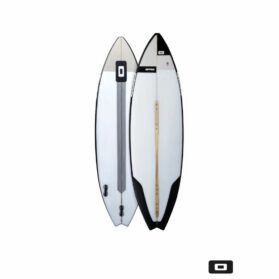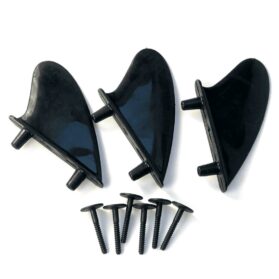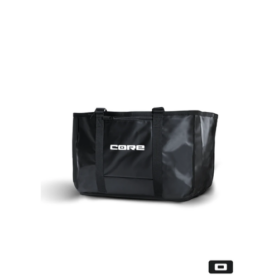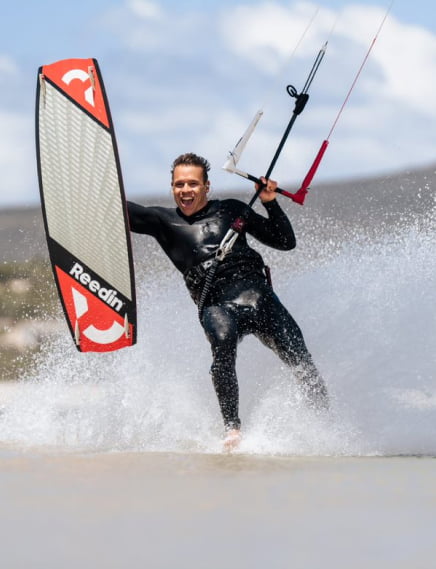Wetsuits are the perfect piece of kit needed for a wide range of watersports. You don’t need to be a professional to buy a wetsuit and experience the benefits. Whether you’re wanting to surfing, kitesurfing or scuba diving, there are simply many reasons for needing a good quality wetsuit.
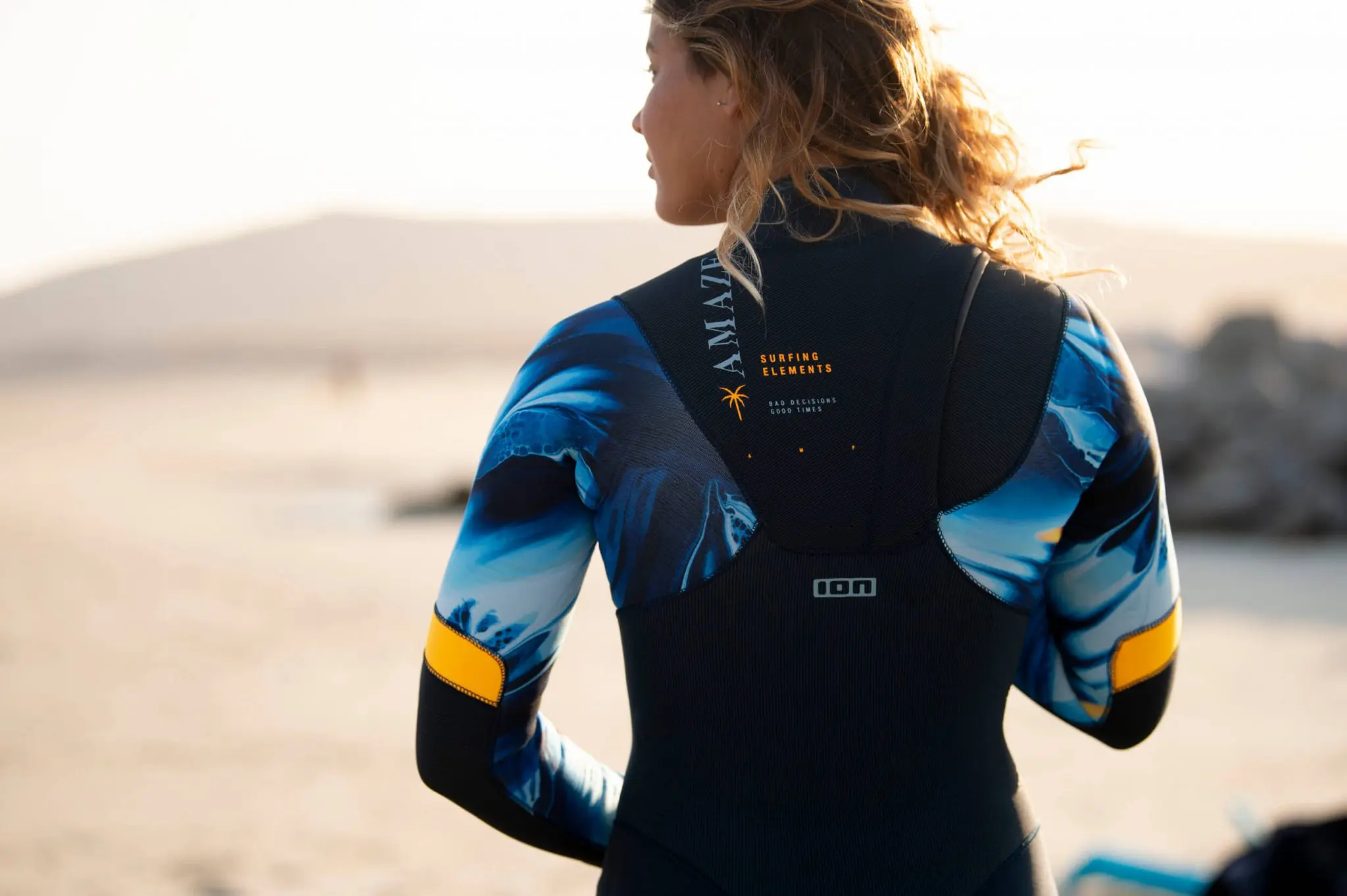
What You Should Consider When Purchasing A New Wetsuit
These stretchy neoprene bodysuits are designed to insulate you by trapping a thin layer of water between you and suit. This layer is kept warm by your body and retains the heat to prevent you from losing too much of it in the water. Not only this, but the suit is also a great way of protecting yourself against scratches and UV damage.
There are obviously a lot of things to consider when buying a wetsuit, so we’re here to help you decide on the wetsuit that is right for you. So here’s some questions you can ask yourself to make the decision a little bit easier.
Where and When Will I Be Using My Wetsuit?
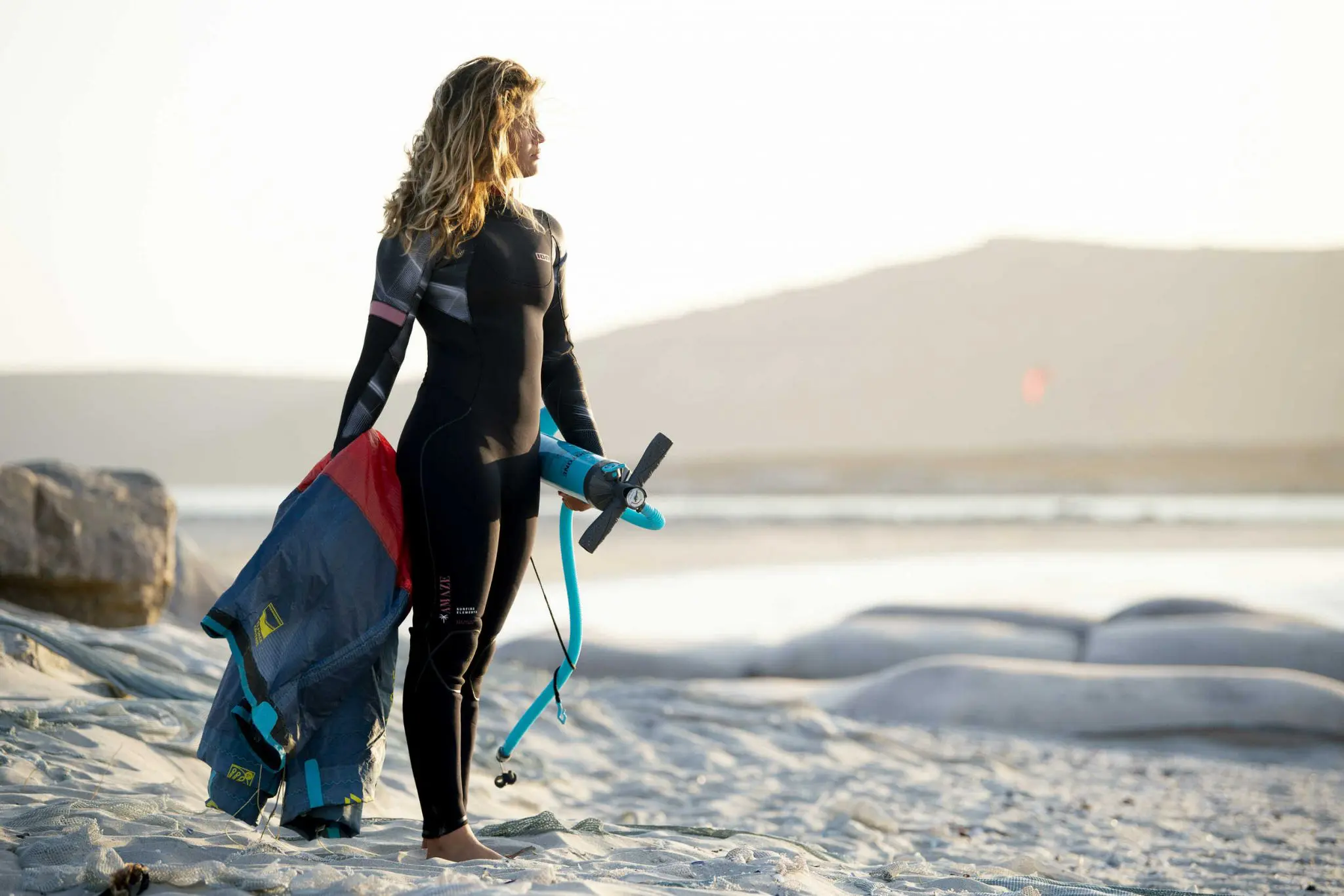
First, you need to consider where you plan on wearing the wetsuit and the time of year you will be using it. Wetsuits come in a range of different thicknesses that are dependent on the temperatures and activities you will be taking part in. You may need a different one for summer and winter.
Here we’ve put together a table to help you decide on the appropriate thickness based on the conditions you will be experiencing, so decide what’s right for you!
Wetsuit Thickness Guide
| Water temperature | Wetsuit thickness |
| 19℃+ | 2mm |
| 15℃ | 3mm |
| 12℃ | 4mm |
| 9℃ | 5mm |
| 6℃ | 6mm |
| 5℃ | 7mm |
2mm – The Summer Suit
These wetsuits are ideal for warmer climates and the summer months, best worn when you don’t require much warmth. They come in a short style too, meaning they’re super lightweight and don’t take up too much space in your bag. They’ll keep off the chill from the wind and provide you with UV protection too.
3mm – Cooler Water
This is the perfect wetsuit for those slightly cooler days where a thinner wetsuit just won’t cut it. A cool summer’s day – even when still feeling relatively warm – can drop water temperatures significantly enough to mean utilizing a 3mm wetsuit will be the best option.
4mm – A Great All Year Round Wetsuit
You may be needing some more protection as the months get even cooler. This thickness is a great middle ground as it can be worn in the summer. Add some extra accessories like boots and can be great in the cooler months too.
5mm – Winter Wetsuit
Designed for those colder months, this is a good thickness that will allow you to accommodate for the drop in temperatures. These 5mm wetsuits will offer that much needed protection in the autumn and early winter months. All without sacrificing that lightweight feel as even a 5mm wetsuit will still be relatively lightweight and free moving.
6mm – Wetsuit For Harsh Conditions
This suit is for the coldest times of the year from November to January. There are many beaches in UK where you will see winter surfers enjoying the waves that come with seasonal tides. However, nearly all of them will have taken the precautions to wear 6mm or perhaps even 7mm wetsuits. In order to avoid the risks posed by the cold waters.
7mm – Wetsuit For Water North of the UK & Extreme Cold
Close to freezing temperatures is when these wetsuits would be used. You will definitely need the accessories when out in these temperatures. If you’re in UK during extreme cold or waters in Scandinavia then 7mm wetsuit is going to offer best protection!
But at the end of day as long as your wetsuit fits you correctly it should do a good job of keeping you warm. There are also some accessories you can consider that will help your wetsuit work across multiple seasons. These include gloves, wetsuit boots and hoods that all serve a purpose of protecting your body from the harsh conditions faced by cold water.
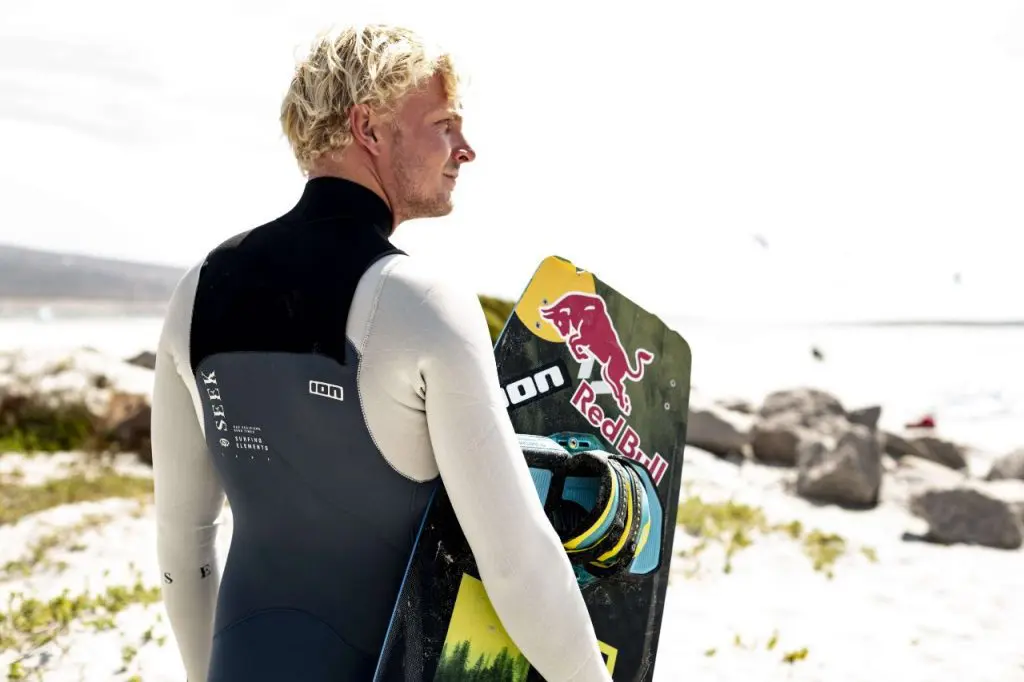
How Should It Fit?
The wetsuit should feel quite snug when you try it on as when you get in the water it will feel more like a second skin. If it’s too loose it will allow water in, won’t do its job and make you feel cold. When it comes to many of the different water sports that require wetsuit, there is also the need for flexibility. Many of these activities require you to be balanced well and pivot on a board or other floatation device. Therefore, when it comes to wetsuit fits, you should consider tightness to ensure it does its job, but enough movement to ensure your required movements are not constrained in any way.
Checking for Quality
Whenever we purchase a new item of clothing we always want it to be of the best possible quality. Quality means durability and comfort nine times out of ten. Purchasing a wetsuit is no different. There are couple of things which you should observe about your new wetsuit to ensure it is the best possible.
Firstly look at the stitching of the suit. This is perhaps the most important part of your wetsuit as it needs to ensure that it is not constantly letting water in and out of the suit, otherwise you will be no more protected from cold water than if you had worn street clothes! Glued seams provide even better warmth as no water can come through the seams at all.
Secondly, if you’re going to be out on the water practicing a range of different water sports then you should take a look at the paneling of different wetsuits. It is the way in which paneling is designed on the suit that will give the best indication of how free your movement will be once inside the wetsuit. Some wetsuits are designed with surfing and kitesurfing in mind (flexible and thinner) rather than for diving which are thicker and less flexible.
Conclusion
So there you have it, all of the different things that you should be taking into consideration when it comes to purchasing a wetsuit. Be sure to keep up to date with the rest of our blog where you can find many handy tips, hints and tricks on everything water sports related!


